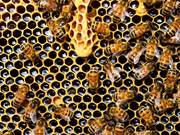
Bees are valuable bioindicators that can help humans monitor nature. Photo: PollyDot/ Pixabay Standard When bees are doing well, they produce a lot of honey. When they aren’t doing well, their...

Bees are valuable bioindicators that can help humans monitor nature. Photo: PollyDot/ Pixabay Standard When bees are doing well, they produce a lot of honey. When they aren’t doing well, their...
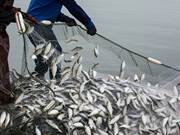
By improving the reporting of catch volumes and fish health in European fisheries, the EU project OptiFish aims to contribute to more sustainable fishing and make it easier to meet current and...
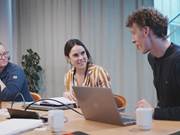
Rainfall patterns, runoff, and temperature conditions also change when the climate changes. This creates both new challenges and opportunities for Norwegian hydropower. SINTEF researcher Ana...
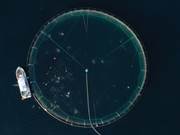
Researchers are working to develop a technology that will enable autonomous robots to adapt their behaviour to the responses of penned fish with the aim of disturbing them as little as possible....
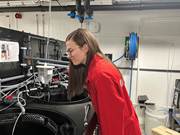
Researcher Charlotte Volpe looking into the tank where she and her colleagues have succeeded in converting toxic ammonia into a nutrient-rich resource. Photo: SINTEF Standard A recirculating...
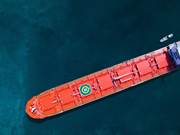
Reducing energy consumption and replacing fossil with renewable fuels within the maritime sector is a large and global challenge. The new Norway-based research center FME MarTrans aims to find...
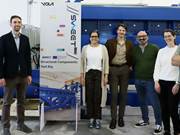
SINTEF has played a key role in the development of an innovative approach for testing wave energy converter (WEC) reliability, performance and destructivity. This dual hardware-in-the-loop (Dual...
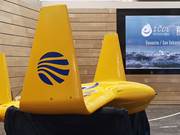
From 18–20 October, the IMPACT project attended the global ocean energy conference ICOE-OEE, where they hosted a side event together with fellow European wave energy project, VALID. ICOE-OEE was...
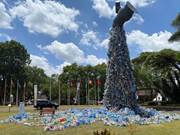
The Global Plastic Treaty – From production, to use, to end of life regulation for plastics is soon in sight. SINTEF has been actively engaged with the Global Plastics Treaty negotiations since...
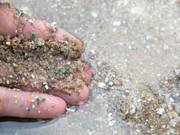
The environmental microplastic is a complex mixture of particle types comprising a continuum of sizes, shapes, polymer types and chemical content, making trust-worthy characterization and...

In just a few years, it may take you only 30 minutes to travel the distance between Oslo and Trondheim. How is it possible to cover such a long distance while taking the same amount of time as...

Our mission is twofold: to provide cutting-edge expertise in various domains by leveraging the power of mathematics in technology, and bridging the gap between research and real-world...
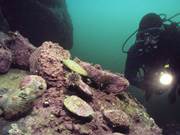
Pictured here by divers in Lofoten, the Iceland scallop is a true delicacy. It has also become the focus of one of many innovative ideas that has achieved success thanks to seed funding from the...
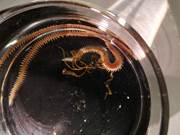
Standard Researchers have previously demonstrated that bristle worms can flourish and grow on the sludge derived from farmed fish. Now there is a debate going on about whether these same bristle...
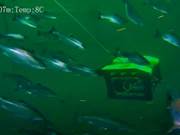
Norway is world leading in the use of robotics in the fish farming industry. But how does the technical equipment affect the fish? Surprisingly much, says cyberneticist Eleni Kelasidi. “I thought...

In a critical step towards achieving the ambitious goal of net-zero greenhouse gas emissions by 2050, the GreenShift events are set to bring together leaders from governments, businesses, and...
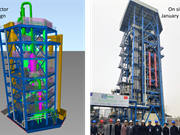
The largest chemical looping combustion (CLC) unit in the world, constructed by a SINTEF-led Chinese-European project, is currently in its main testing phase. Results are expected in the coming...
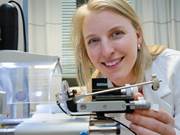
SINTEF-forsker Frøydis Sved Skottvoll i laben. Hun fattet tidlig interesse for såkalte organoider og for mikrosystemene som gjør det mulig å erstatte "forsøkskaniner",...
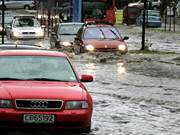
The authors of this article argue that urban communities are under threat because built-up areas and asphalted streets are impermeable to water. Rainwater run-off is ineffective during torrential...
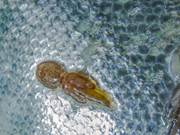
In 2021, salmon lice cost the aquaculture industry 167 billion kroner. Lice are also a major pest to any fish that are infected, and any risk of spread to wild salmon populations represents an...